
When I was in elementary school, I tried out for the community theatre production of Cinderella and auditioned for the role of—you guessed it—Cinderella. I mean, go big or go home, right?
And I landed it! And the show eventually made its way from rural Illinois to New York where I was the youngest lead to ever grace a Broadway stage.
Oh, Liz Forkin Bohannon! The musical theatre child prodigy! I think I saw a special on Bravo about her once, you perhaps thought to yourself while browsing the shelves of your local bookstore.
Just kidding.
You’d likely never heard my name before because here is how that audition actually went down: I went up against seasoned high-school-aged thespians for the role of Cinderella. My mother, a very intelligent woman who surely recognized the unlikelihood of a “successful” outcome, did not try to persuade me otherwise. In fact, she practiced my song with me, drove me to the audition and whispered a hopeful and sincere “Break a leg, Lizzy Pea!” as I walked through the curtains into the spotlight on an empty stage in front of four scary-looking judges. I gave it my best go and afterward my mom took me to McDonald’s for a celebratory ice cream cone.
In the few days between the audition and receiving a call from the casting director, I threw my eight-year-old self into a Cinderella character study. I dreamed about the costume changes and the lights and determined where I could surreptitiously pinch myself to illicit enough pain to squeeze out some fake, award-winning tears.
A few days into my preparation for my dream role, we got a phone call from the director. I indeed had made the cast!
My role was . . .
Bird.
I did not, in fact, have a single line in the entire play. Just a few scenes where I’d hop around on stage with a handful of other mediocre wannabe woodland animals.
A BIRD.
A bird who didn’t even have a NAME.
I was devastated.
We each have a sacred part to play.
When my mom relayed the news, I burst into tears and ran into her bedroom closet, shutting myself in and sobbing in the dark. I was, of course, sad about my dashed dreams, but I also remember the feeling of being utterly humiliated.
I replayed in my head all the practice that went into that audition. All the unabashed dreaming out loud about what it would be like to be Cinderella. I couldn’t believe I was so stupid to want something that bad and to actually believe I had a chance.
After a few minutes of sobbing by myself, my mom opened the closet door and sat down with me while I cried. She scratched my back and told me that she was proud of me for trying. And then, through my tears, I verbalized what was surely assumed by all parties: I would not be participating in that stupid play, obviously.
And then my sweet, supportive, back-scratching mama sat up straight and made it very clear that actually that was not how this was going to go down. I had auditioned, and I had received a role. And I was not allowed to quit because it wasn’t the starring role I had imagined. She told me that practices started on Monday and that I would absolutely be attending. Case closed.
And then she told me that sure, it stung to be a bird when you wanted to be Cinderella, but that I would be the best non-speaking bird that stage had ever seen.
She echoed the famous show-biz words of Constantin Stanislavski. “There are no small parts,” she said. “Only small actors.”
She promised me that she’d help make me an epic bird costume, and sitting there in that dark closet, we brainstormed a character name because while I couldn’t change my role, I could at least have some fancy feathers and the dignity of having a character name that wasn’t just a species classification.
We went back and forth for a while and finally decided on “Biddy Bird.” It was no matter that this “character name” would never reach beyond the two of us or even make it into the official program.
When the time came for opening night, I Biddy Bird-ed my heart out. I sang loudly, hopped endlessly, and even managed to depart from the official choreography for a second and shake my fancy tail feathers like the rebel, avant-garde, avian-inspired thespian that I was.
I would love to tell you that this role prepared me for my next slightly better role and so on and so forth until I managed to build a successful theatre career. But in fact, the very next play I tried out for was Babes in Toyland where I landed the role of . . .
AND I KID YOU NOT
A moth.
I mean, if there is anything more demoralizing than a nameless bird, it’s most certainly “moth.” The path to being demoted from a non-speaking bird is a narrow one, but I managed to find and walk it.
You. Are. Average.
I mean, A MOTH?!
But I digress.
The point of that experience was not, in fact, to prepare me for a slightly better role and launch me into the eventual Broadway success I dreamed about. Rather, it taught me that we are neither called to vie for the spotlight nor to shrink into the chorus line. We are simply called to figure out what we have to offer,
the gift we have to give,
the words we have to speak,
the art we have to make,
the song we have to sing,
and then go all in and belt it out like a buck-toothed eight-year-old trying to win a Tony award for a non-speaking role in a community theatre production.
We each have a sacred part to play.
What the world doesn’t need are more people who are desperately trying to convince themselves and others they are above average special Cinderellas because they think that is what will earn them the spotlight and that the spotlight itself will give them a sense of worthiness and purpose.
The world also doesn’t need more people who shrink into the chorus line because they erroneously believe they are inherently below average and are terrified of what others might think of them should they spread their wings and try to fly.
Because the truth is, you’re, like me, most likely . . .
Pretty average.
I know, I know. I have a real gift for inspiring words. Please someone make a beautiful hand-lettered Insta-Quote out of that:
You. Are. Average.
* * * * *
I’m going to ask you to trust me again as we embark on a little experiment: every time you say
or think you’re struggling with an “insecurity,” I want you to replace the word “insecurity” with “Immature Ego.”
What? Ego? Me?! The nerve of this lady...
If talking about your Ego makes you feel defensive, allow me to redirect your aghast over to Franciscan friar and spiritual teacher Richard Rohr. Blame him!
Rohr says our Immature Egos are “a social and mental construct to get you started on your life journey. It is largely defined in distinction from others, precisely as your separate and unique self. It is probably necessary to get started, but it becomes problematic when you stop there and spend the rest of your life promoting and protecting it.”
Our Immature Egos are also, problematically, “inadequate to the big questions of love, death, suffering, God or infinity.”
He goes on to say, “When you are connected to The Whole, you no longer need to protect or defend The Part. You are now connected to something inexhaustible.”
Connected to The Whole. Gives me goosebumps every time.
When you’re connected to The Whole, you will realize that the story you are partaking in and coauthoring is SO VERY BIG that you can no longer believe in a story so small that it has you in the very center.
You will become more enamored with the Bigness of the Beautiful Story and what we can accomplish together than with your own individual performance in it.
When you Own Your Average, you can take risks and finally take flight.
On this journey to building a life of purpose and impact, I can all but promise that you will say and do the wrong thing. You will flail and you will fumble. And at times it will be such a train wreck, you will think you’ll never recover from it. You’ll probably beat yourself up and say terrible things to yourself that you wouldn’t dare say to another human. But time and time again, you will wake up the next day to a sun that did not fall out of the sky in response to your mistake. This will happen over and over until you finally start to let go of your Immature Ego that whispers the lie that you’re powerful enough to screw it all up for good.
Richard Rohr goes on to tell us that our Immature Egos are “more bogus than bad.”
I love this so much. What this tells me is that I can stop beating myself up about my Immature Ego and instead simply get on with the work of helping my Ego grow up a little bit so I can be a part of a bigger, juicier story.
As you attempt to mature your Ego, please be kind and gentle with yourself the way you gently and kindly and patiently help a child grow and learn instead of attempting to fault and shame them into maturity. The process of maturing our Egos is lifelong work, so you don’t need to be a jerk about it. Your Immature Ego used to suit you and serve a purpose. It’s not evil or bad, it’s just that as you grow into becoming part of The Whole, the Old Costume you constructed no longer fits.
When we stop being obsessed with the Almighty Bell Curve, always asking “How do I measure up?” we can instead put our energy into becoming who we were created to be and encouraging others toward the belief that they are also an irreplaceable part of The Whole. When you Own Your Average, you’ll start to understand that every human on Planet Earth is a unique combination and sequence of The Divine and carries an equally valuable, one of a kind, never-going-to-see-it-again brand of magic.
We are each unique.
But we are not unique for being unique. (Mind bender, I know.)
When you start believing this about yourself, you will start to channel all the energy you recover from worrying about how you compare into a beautiful vision of collective ambition—dreams that will raise the tide, not just for yourself but for others too.
When you Own Your Average and do the intentional work of helping your Ego mature, you will take on greater challenges and say yes before you’re ready because you’re less terrified of failing and more interested in growth and movement forward.
You get to channel every ounce of that recovered energy you used to spend protecting yourself and worrying about what other people will think into solving interesting problems and building an extraordinary life of purpose and impact for yourself and others.
When you Own Your Average, you can take risks and finally take flight.
And you, Biddy Bird, in all your Average glory, were meant to fly.
Excerpted Liz Forkin Bohannon’s new book, Beginner’s Pluck: Build Your Life of Purpose and Impact Now.
Copyright © 2019. Used by permission of Baker Books. All rights reserved.


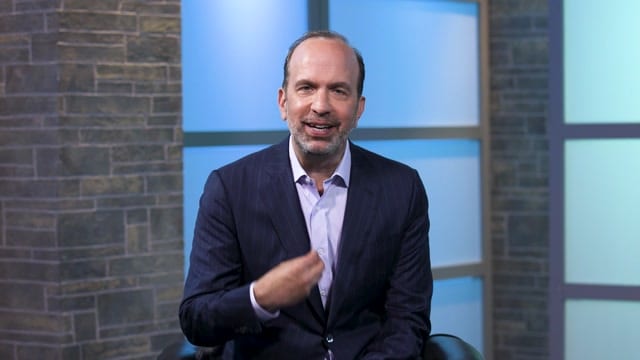
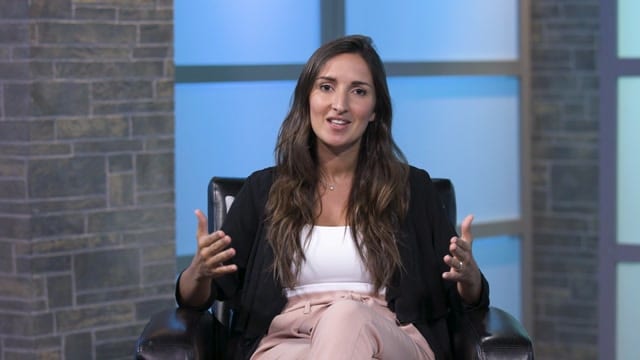
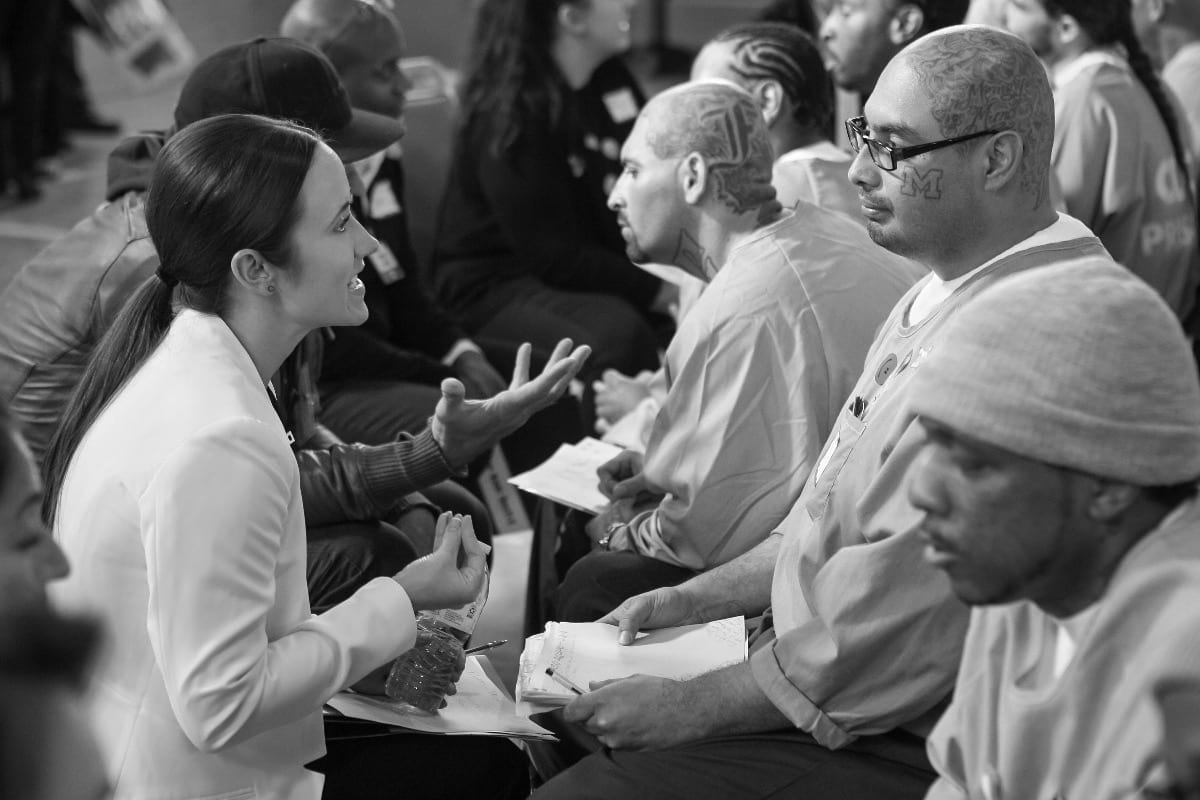
 I’ve had a lot of experiences that exposed me to those who end up inside our criminal justice system. I served an apprenticeship at a law firm in high school that dealt with high profile criminal cases, and my first real job out of undergraduate school was at Florida’s largest non-profit for children and families who were affected by the absence of parenting largely due to incarceration.
I’ve had a lot of experiences that exposed me to those who end up inside our criminal justice system. I served an apprenticeship at a law firm in high school that dealt with high profile criminal cases, and my first real job out of undergraduate school was at Florida’s largest non-profit for children and families who were affected by the absence of parenting largely due to incarceration. “It helped me understand that I can make a difference in the lives of those around me.”
“It helped me understand that I can make a difference in the lives of those around me.”
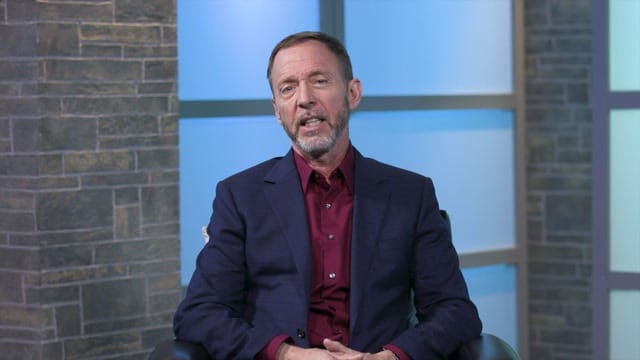
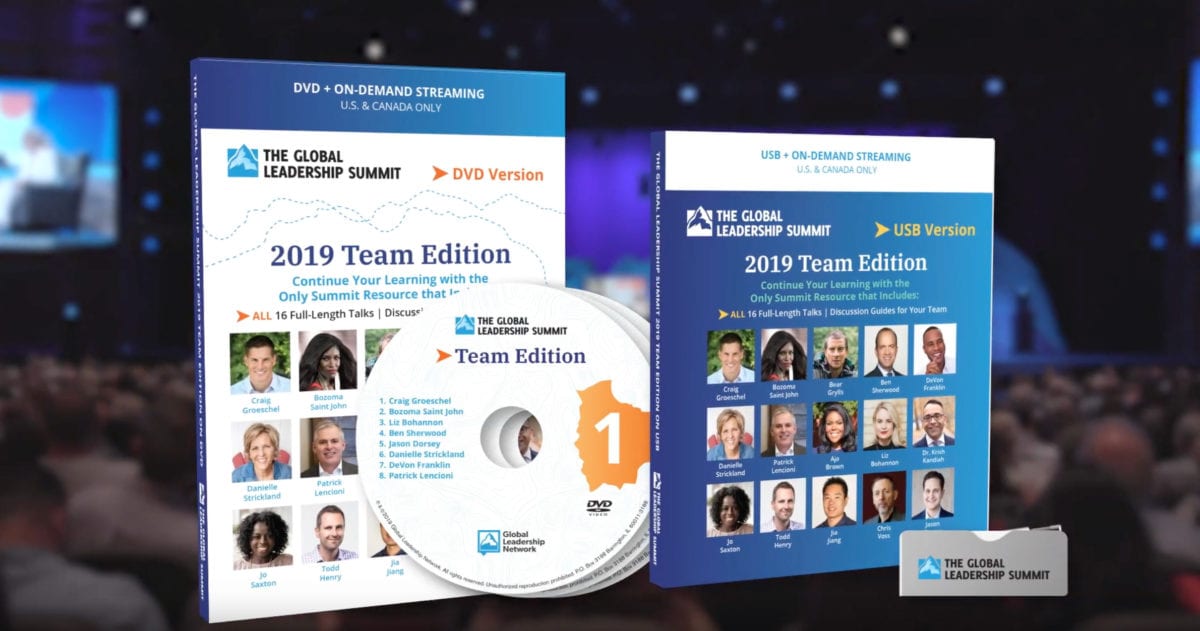






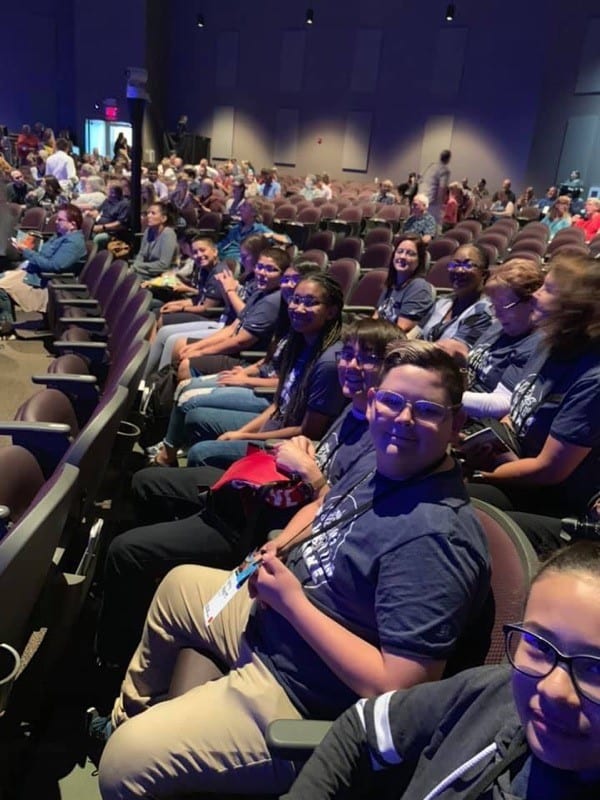 Through the Summit, I’ve met some amazing people, who’ve become an important part of this movement for students. I bring my 8th grade superintendent council and ask for their feedback, and hear their ideas for what we’re going to do this year through the program. There is so much to this role as superintendent, and you never know what’s going to come up, so it’s important to be prepared. We need strategies and words of wisdom to help guide us in everything we do.
Through the Summit, I’ve met some amazing people, who’ve become an important part of this movement for students. I bring my 8th grade superintendent council and ask for their feedback, and hear their ideas for what we’re going to do this year through the program. There is so much to this role as superintendent, and you never know what’s going to come up, so it’s important to be prepared. We need strategies and words of wisdom to help guide us in everything we do.
Recent Comments